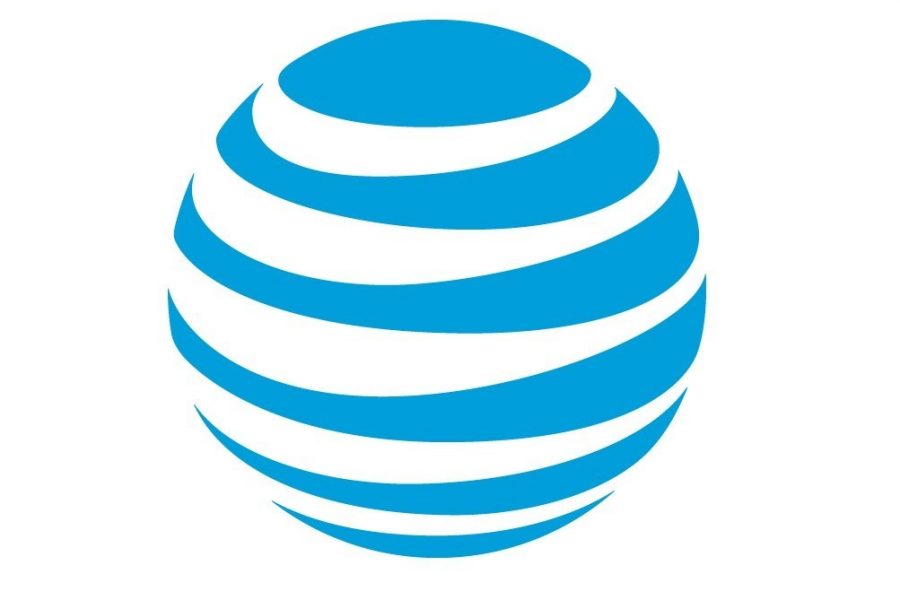AT&T to offload 5G into Microsoft’s cloudAT&T to offload 5G into Microsoft’s cloud

AT&T announced it will transition its 5G network operations into Microsoft’s cloud over the next three years. The announcement – by two of the biggest technology companies in the world – essentially crystallizes a seminal shift in the global 5G industry as operators increasingly move their core network operations from their own internal systems and into the public cloud.
The companies disclosed a few key details about their new deal, but did not provide any firm numbers or any financial details:
Microsoft will “assume responsibility for both software development and deployment of AT&T’s Network Cloud immediately,” according to the companies, and will transition AT&T’s existing network cloud operations into Azure over the next three years. Eventually, all of AT&T’s mobile network traffic will run over Microsoft’s Azure.
The effort will start with AT&T’s 5G core, but will eventually include virtually all of the company’s network operations, including its 4G core.
Microsoft will be the company to certify all of AT&T’s software-powered network operations for inclusion in the AT&T network. That will include software from other vendors. AT&T has not yet named its 5G core network vendors.
Microsoft will acquire AT&T’s Network Cloud technology – including its AT&T engineering and lifecycle management software – and its cloud-network operations team. The companies did not disclose exactly how many AT&T employees that transaction might cover, but an AT&T official suggested it will be in the “low hundreds.” Microsoft will then incorporate AT&T’s intellectual property into its Azure for Operators offering, which is for sale to other 5G network operators.
Microsoft and AT&T did not provide extensive details about the on-the-ground logistics of their deal, including exactly how many Azure computing locations might be necessary to power AT&T’s network. It’s an important issue considering AT&T’s network spans an estimated 70,000 cell towers across the country, and the operation of the radios on top of those towers might eventually be handled by programs running inside of Microsoft’s cloud. A top Microsoft executive involved in the deal explained that Microsoft’s Azure software will be installed into some of AT&T’s existing computing locations, locations in some cases staffed by AT&T technicians. And AT&T said the company plans to continue to run its network workloads inside of its own data centers and facilities. However, AT&T added that the deal today is focused on AT&T’s core network and that the companies might explore additional elements of the network such as Open Radio Access Network (ORAN) technology over the course of the agreement.
“It’s the first time a Tier One operator has trusted their existing consumer subscriber base to hyperscaler technology,” Microsoft’s Shawn Hakl, VP of the company’s 5G strategy, told Light Reading. Before joining Microsoft in 2020, Hakl was a longtime Verizon executive.
A telecom journey into the cloud
For AT&T, the move into Microsoft’s Azure caps years of investments by the company into virtualized, software-powered network operations. AT&T was an early leader in the global telecom industry’s shift to software defined networking (SDN) and virtualized network function (VNF). The company last year reached its goal of virtualizing 75% of its network. That work helped to shift AT&T’s network operations from dedicated, purpose-built hardware and onto software that can run on top of standard, off-the-shelf computers.
However, AT&T has largely resisted moving its core network functions off of its private, internal cloud and onto a public cloud.
To read the complete article, visit Light Reading.



